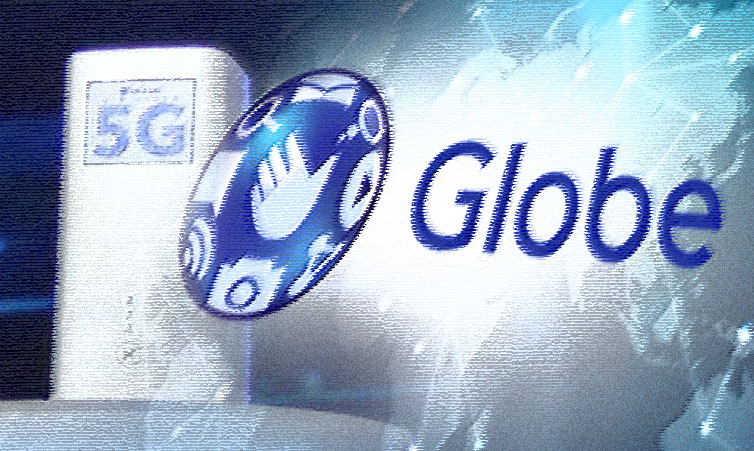
As the world uses technology to face the new normal, there are also great efforts to malign technology and sow fear in the people’s mind. These emerging technologies will always be the favorite subject of malicious and unfounded claims. In recent weeks, 5G have been the subject of such claims in different parts of the world including the United States and in Europe.
5G is the latest wireless internet connectivity that promises faster speeds, higher bandwidth, and more stable internet connections compared to 4G.
Is 5G bad for someone’s health? Does it have serious health implications to people?
Quoting the World Health Organization (WHO), there are no proven detrimental health effects caused by exposure to 5G or to any wireless technology up to this day.
In a recent article published by the UK’s The Guardian, the International Commission on Non-Ionizing Radiation Protection (ICNIRP), the international body in charge of setting limits to exposure to radiation, asserts that 5G is safe.
The ICNIRP is a German-based scientific body that studies the health risks of radio broadcasts. It called for new guidelines for millimeter-wave 5G, the most high-frequency version of the telecommunications standard. Based on the norms set by ICNIRP, the standards being implemented in the United States and soon in Europe were improved further for added safety.
The ICNIRP also explained that 5G wireless standard uses beam-foaming technology which allows radiofrequency electromagnetic fields (RF EMF) “to be focused to the region where it is needed,” meaning it won’t be spread all throughout a large area. This will allow, for example, the same RF EMF frequencies to be sent to different users concurrently without interfering with one another, which increases communication rates because the frequency band does not need to be shared between users.
Both the WHO and the ICNIRP also noted that 5G isn’t a health risk as long as overall exposure adheres below international guidelines.
Local experts have also shared their opinions on the matter. Dr. Gladys R. Cabrera, Health Physicist IV of DOH, said that since 2001, the Health Department has maintained that no study so far has proven that cell sites cause cancer. “Cell sites do not cause adverse side effects. It is harmless,” she explained.
This position was also supported by a respected oncologist, Dr. Johanna Cañal, VP of the Philippine Radiology Oncology Society, when she maintained that proximity to cell sites does not cause any known health risks, contrary to what many homeowners associations believe.
5G is safe for the public and more importantly, there is no evidence to support the connection between the pandemic and 5G.
![]()







